Affiliate links on Android Authority may earn us a commission. Learn more.
This is the average 2018 Android flagship smartphone
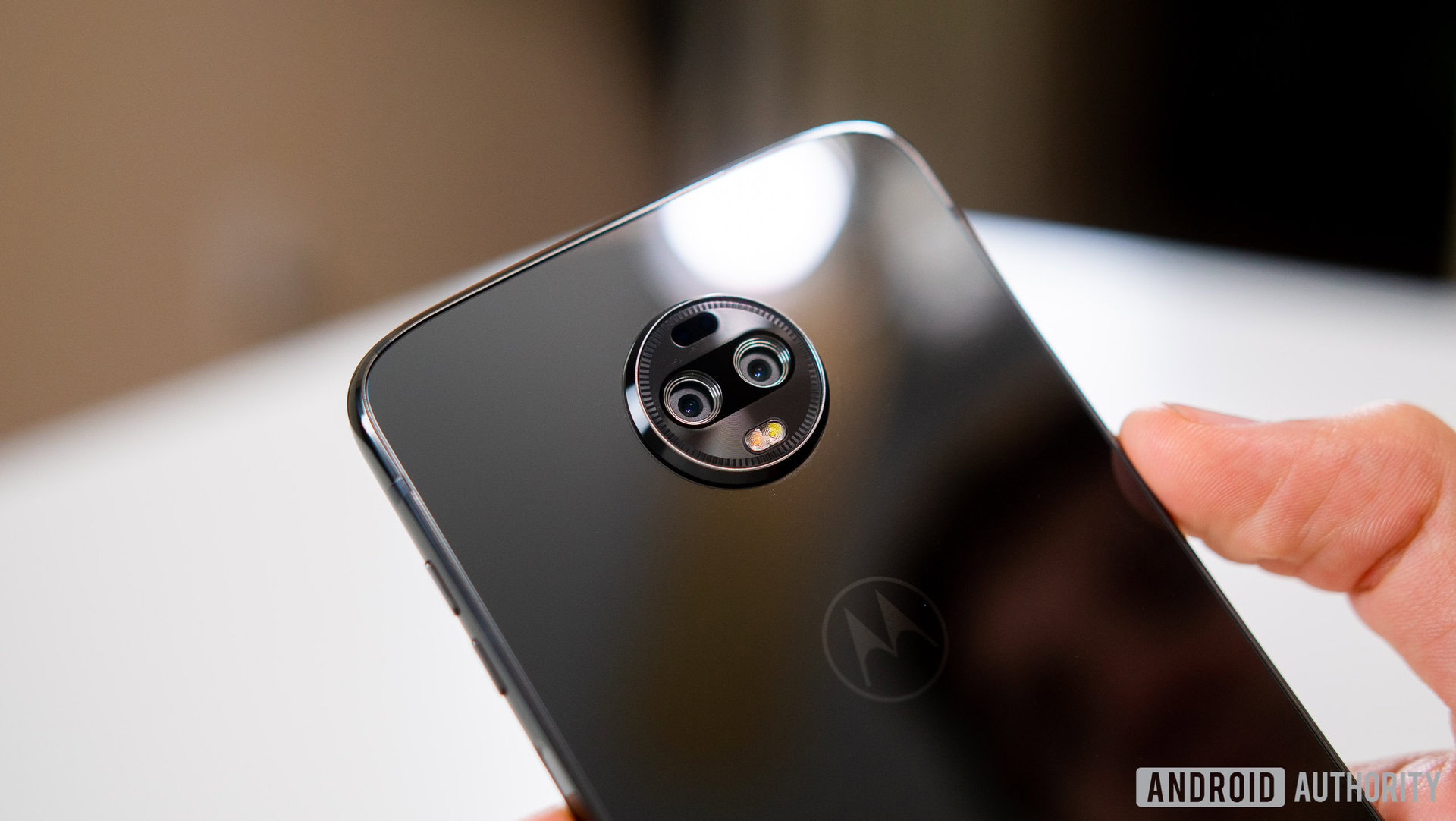
For Android Authority‘s Best of Android 2018 awards, we put more than 30 of the year’s flagships through their paces to chose winners across ten categories.
Through this endeavor, we discovered which flagship had the best overall performance, which had the best cameras, and the overall smartphone of the year. This research not only revealed the top performers, though — we were also to discern the worst, and everything in between.
As we approach the end of the year, we thought we’d take one last look at this information to explore what the average 2018 flagship looked like. Below, you’ll find out what this phone included with regards to specs, performance, battery, and cameras, as well as the average price. Enjoy.
Note: This information is based on our extensive independent testing; you can read more on our methodology here. We have looked at the base model for each of the devices.
Processing
The average 2018 flagship launched with a Snapdragon 845 chipset, 6GB of RAM, and 64GB of internal storage space. You’ll see this exact combination on many of this year’s flagships like the LG V40 ThinQ, Samsung Galaxy S9 Plus, HTC U12 Plus, and Xiaomi POCOphone F1.
After putting the 2018 flagships through several benchmarks, we calculated the average performance score. The closest device to this average is the Nokia 8 Sirocco.
[reviews height=”400″ width=”600″ step=”” min=”0″ max=”” tension=”” type=”bar” characteristics_colors=”#dd3333″ characteristic=”performance.basemark-os-platform-overall-score” showAll=”” desc=”Higher is Better” title=”Basemark OS score” x_legend=”Score” y_legend=”” ][review id=”938631″pattern=”#dd3333″][/review][review id=”925181″pattern=”#00EB95″][/review][review id=”923225″pattern=”#252525″][/review][review id=”908933″pattern=”#252525″][/review][review id=”903130″pattern=”#252525″][/review] [/reviews]
The Sirocco performed better than phones like the HUAWEI P20 Pro (with a Kirin 970 and 6GB RAM), the Red Hydrogen One (with a Snapdragon 835 and 6GB RAM) and many budget-focused flagships from brands like Xiaomi and vivo. However, it couldn’t compete with the more powerful Snapdragon 845-based smartphones of the year.
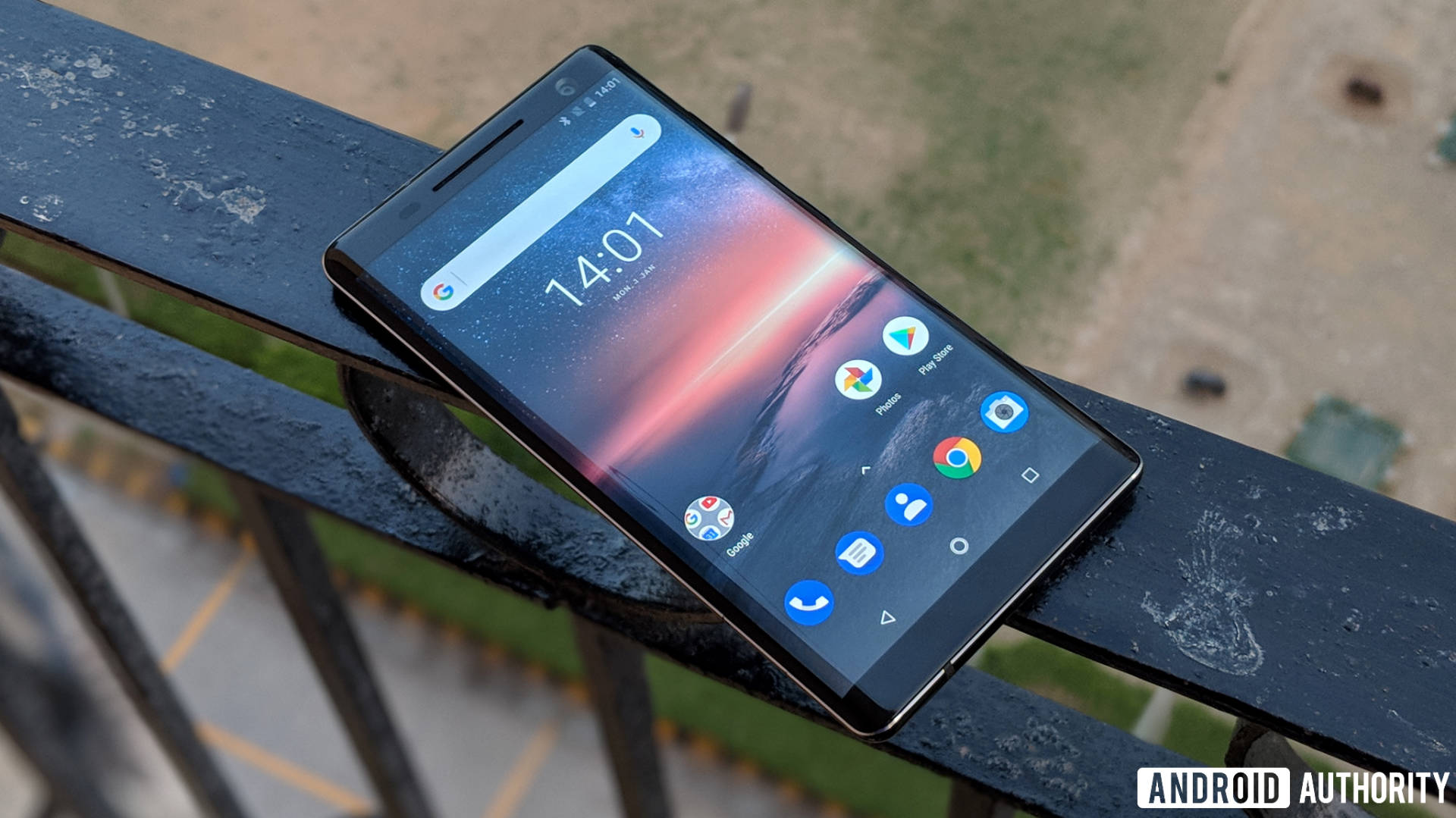
Display
The majority of 2018 flagships had a roughly 6.1-inch, Full HD+ display. These screens are 1080 pixels wide with many variations in pixels on the longest side — owing to the different aspect ratios and notch setups OEMs used this year. Phones with 2,340 pixels, like the OPPO Find X, HONOR Play, and OnePlus 6T, came up most frequently.
It was the Xiaomi Mi A2 at 5.99 inches (1080 x 2160 pixels) that was closest to the average display performance from our tests. The Mi A2 had average performance, though it was comparatively inexpensive at ~$215, arriving with the Snapdragon 660 chipset, 4GB RAM and 32GB storage, and. In other words, the Mi A2’s display was punching well above its weight.
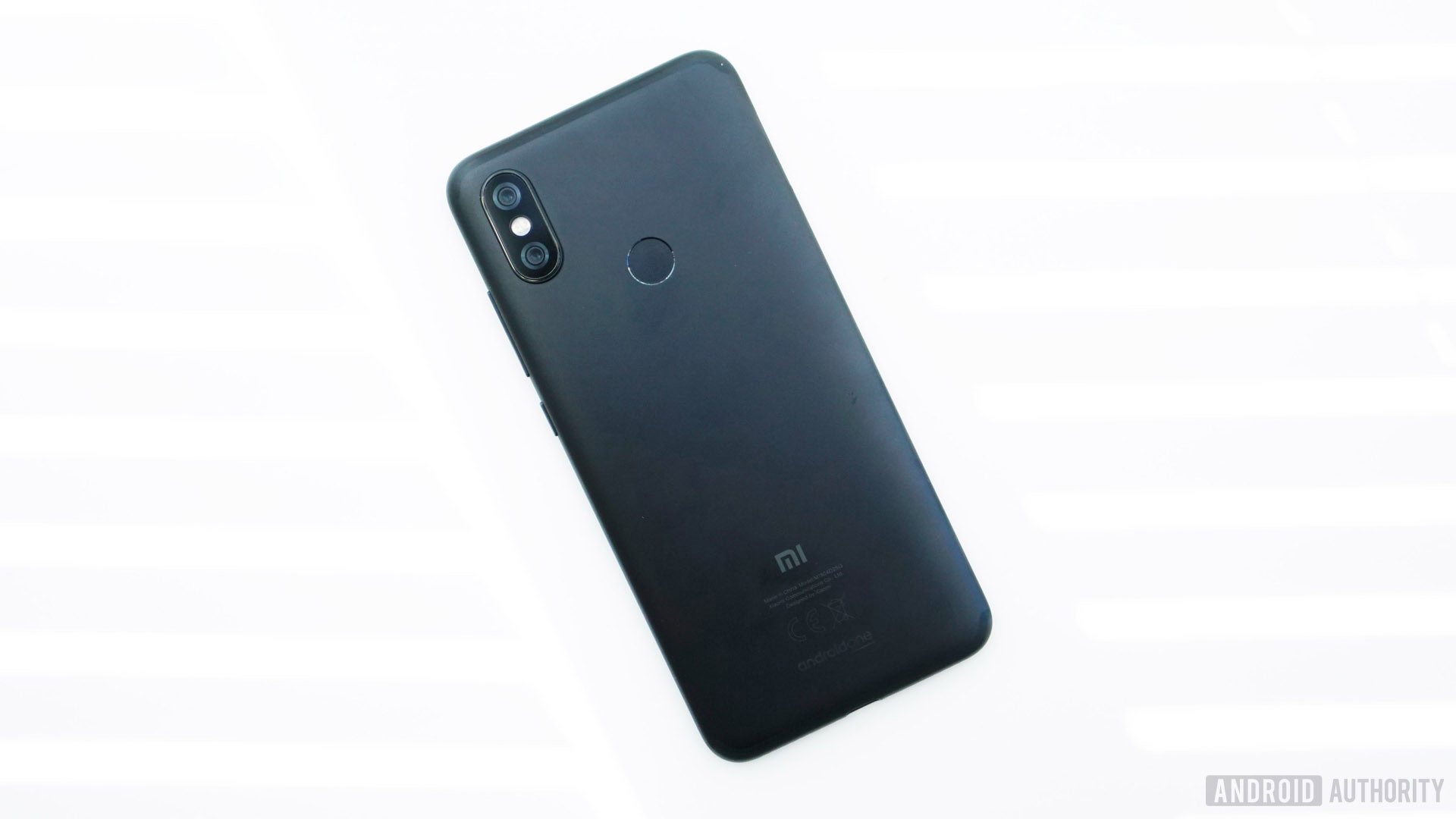
Cameras
Your average 2018 Android flagship had a dual 12MP+12MP or 12MP+5MP rear camera and a single 8MP front camera. However, there were lots of variations here.
If we look at the median average for the front camera, rather than the most common setup (modal average), it would be 15MP, which is HONOR 8X and OnePlus 6T territory.
It’s the LG V40 that displays the most average camera performance of 2018. This is a bit of an odd result, as it’s one of the few 2018 flagships with dual front cameras (8MP+5MP) and triple rear cameras (12MP+12MP+16MP), so I’d expected it would be anything but average.
[reviews height=”400″ width=”600″ step=”” min=”0″ max=”” tension=”” type=”bar” characteristics_colors=”#dd3333″ characteristic=”camera.color-error” showAll=”” desc=”Lower is Better” title=”Color error (DeltaC00)” x_legend=”Delta C00 (saturation corrected)” y_legend=”” ][review id=”925181″pattern=”#dd3333″][/review][review id=”924151″pattern=”#00eb95″][/review][review id=”923225″pattern=”#252525″][/review][review id=”923220″pattern=”#252525″][/review][review id=”903130″pattern=”#252525″][/review] [/reviews]
Despite its average camera, the LG V40 is one of the more expensive 2018 flagships at $900. You could have picked up this phone with comparable camera performance for much less money. The Nokia 7.1 ($349) and Xiaomi POCOphone F1 (~$375), and Moto Z3 ($480) outpaced the LG V40 in the camera department according to some of our tests. (These didn’t take into account certain camera features and AI, though. Learn more about how we test cameras here).
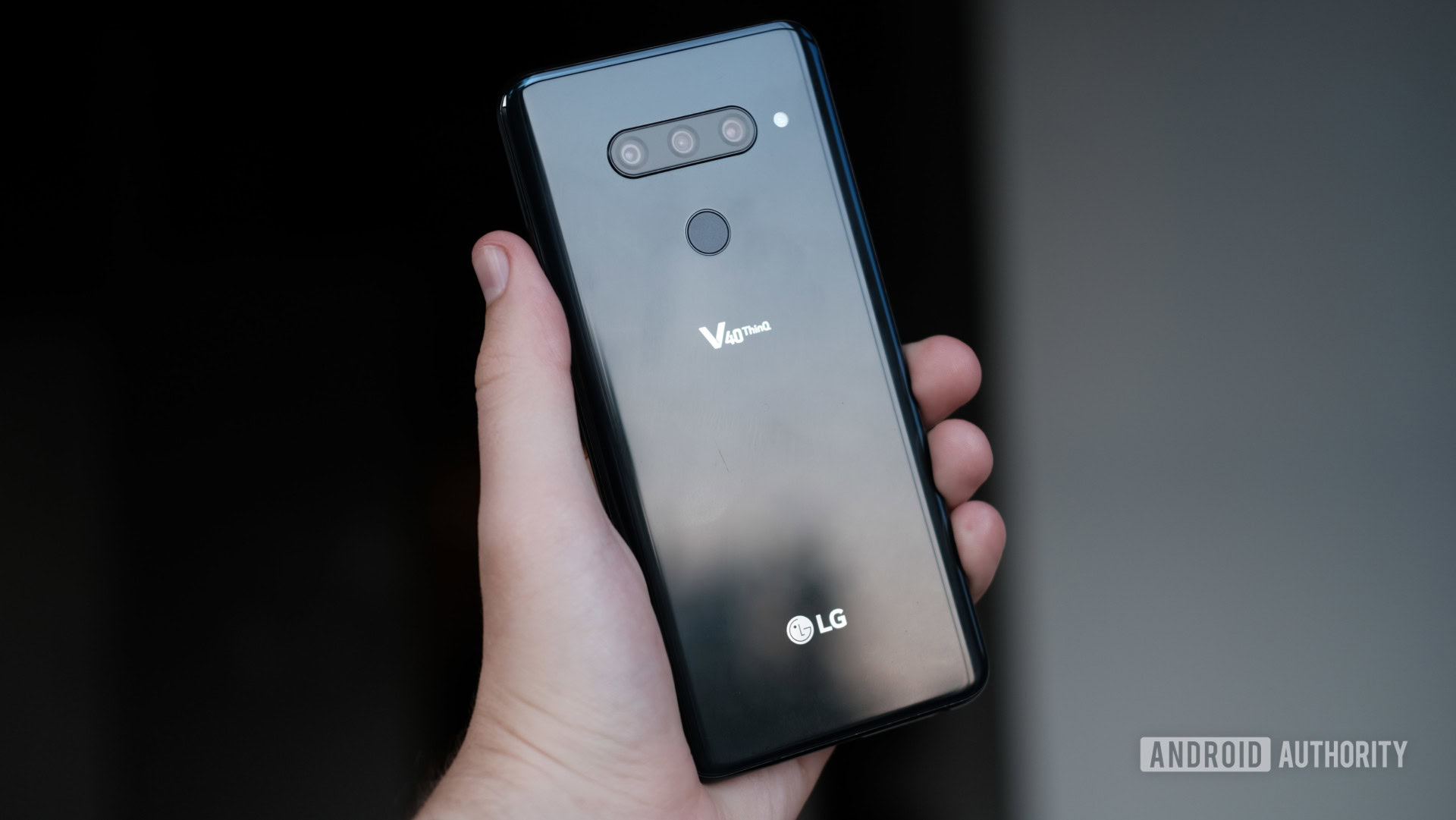
It should be pointed out, though, that even an “average” camera in 2018 is pretty darn good compared to past years, and many units we tested were quite capable. In fact, most units had sharpness that approaches the theoretical limit for the sensor, and the AI features on top of that simply add value. Few phone cameras were truly “bad,” and that’s the first time we can say that and mean it.
Battery
The most common flagship battery size this year was 4,000mAh which was in the HUAWEI Mate 20 and Galaxy Note 9 and gaming phones like Razer Phone 2, ASUS Rog Phone, and Xiaomi Black Shark. The median average was around 3,500mAh though, and only one phone on our list had less than a 3,000mAh battery capacity — the Google Pixel 3’s at 2,915mAh.
As well as having the average battery capacity, the ASUS Rog Phone was also closest to the average battery performance. This phone was close to average in most of our tests, while its core specs are also near the average. Despite its looks and “gaming phone” moniker, it’s technically one of the most average flagships of the year.
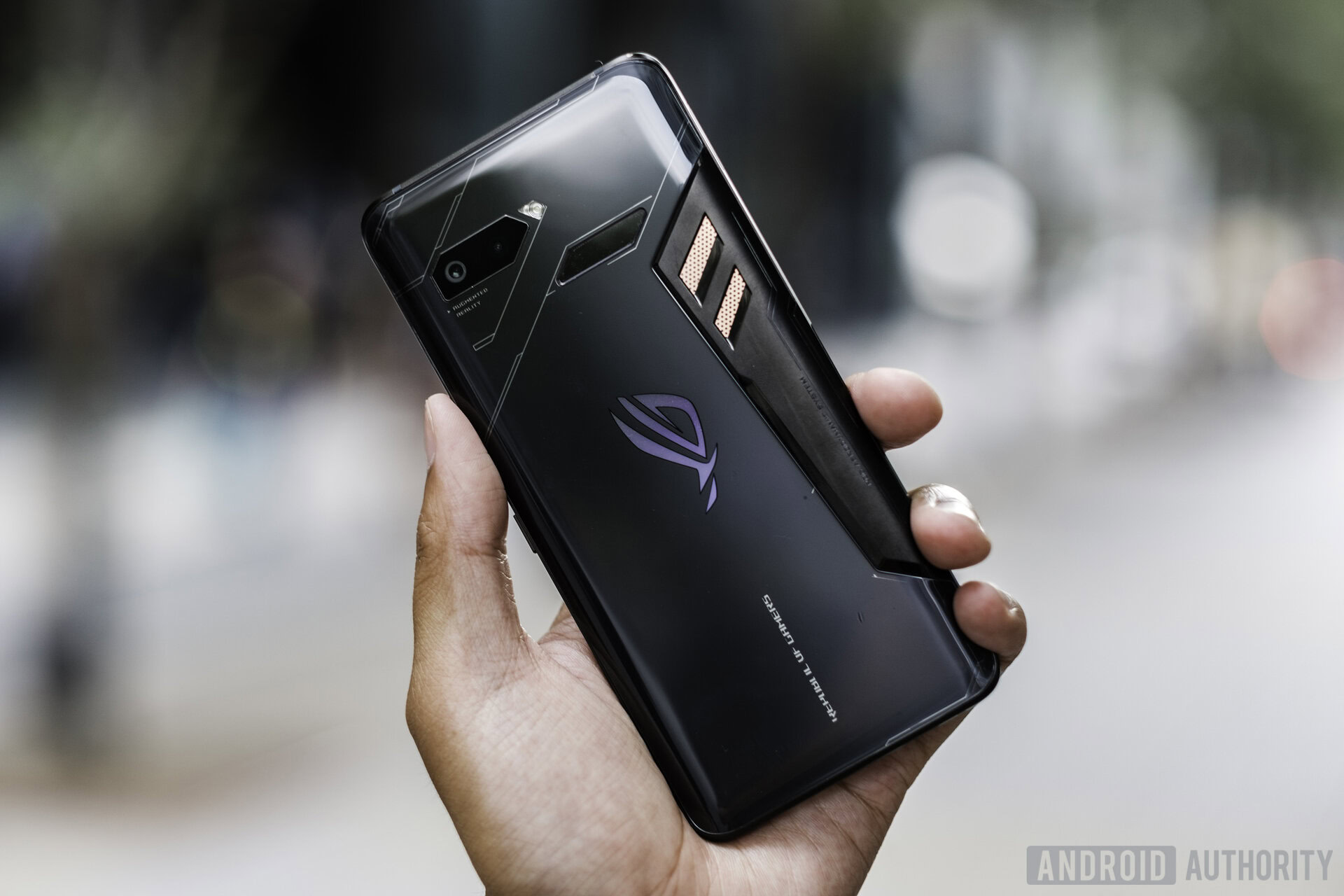
Headphone jack and notch
After Apple dropped the headphone jack from its iPhone line, many suspected it would soon disappear from Android phones too. It’s with disappointment I report that this does indeed seem to be happening, as the average 2018 flagship did not include a headphone jack.
As for the much-maligned notch, despite its prevalence in Android news and commentaries this year, it only appeared on half of the flagships we tested. Yes, there were about as many notched flagships as non-notched flagships this year, but this may not be the case in 2019. Notches will likely continue to filter down to the lower-tier models in 2019, but flagships may favor the display hole (punch hole) camera.
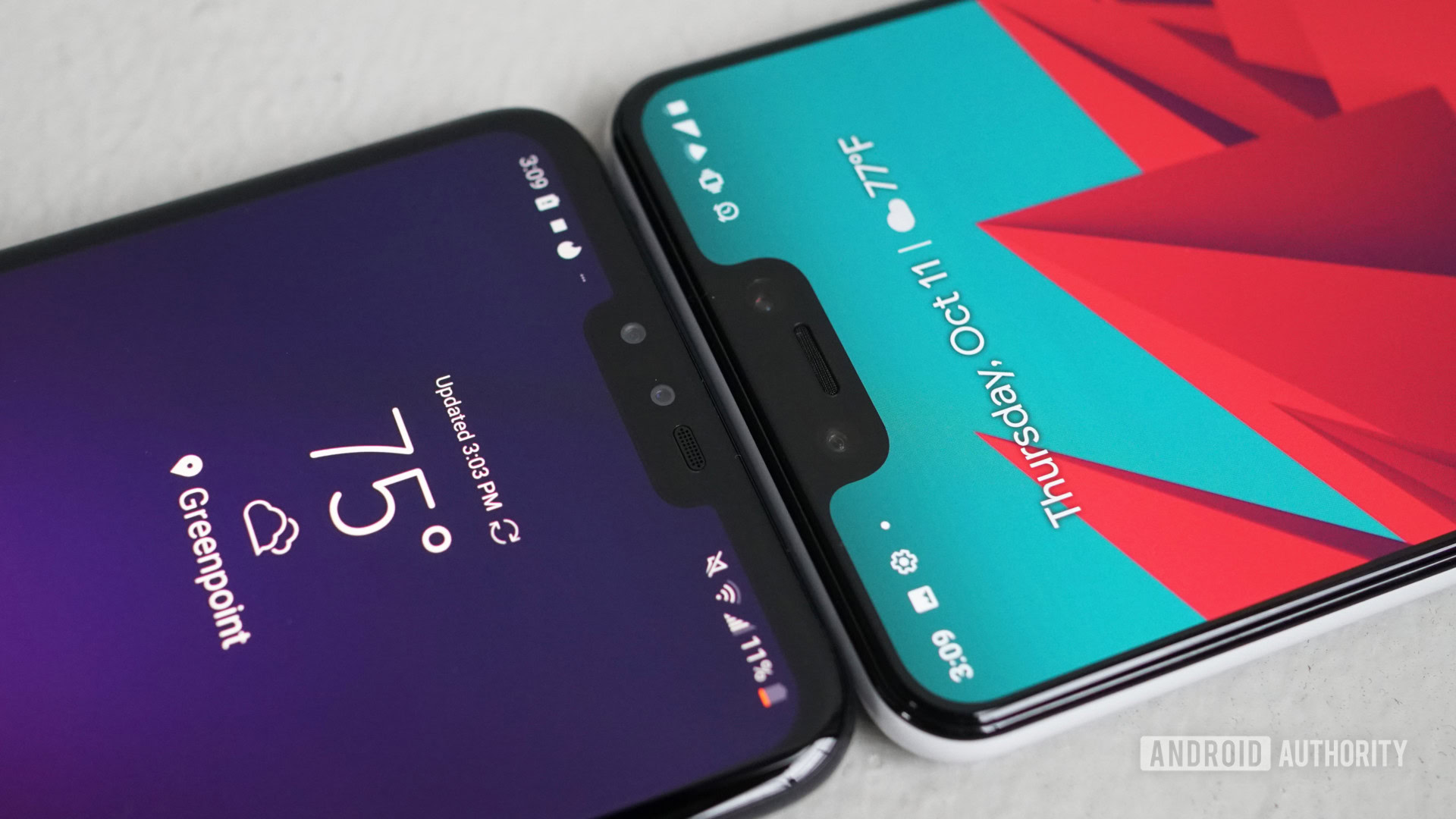
Price
We can’t accurately calculate the average smartphone price because not all phones are sold in all markets. In fact, roughly half of the 2018 Android flagships we tested aren’t sold in the U.S. Conversion rates also change daily and don’t reflect the exact pricing OEMs would choose if they launched a phone in the U.S. market.
With that in mind, we have a rough idea based on prices converted from euros, yuan, and Indian rupees where applicable.
In 2018, Android flagships ranged from the low-end with handsets like the HONOR 8X and Xiaomi Mi A2 at ~$285 to the more than $1,000 phones like HUAWEI’s Pro models and the Red Hydrogen One. The average was around $700 — something like the Galaxy S9, which launched for $719.
If we take the average price only from the flagships launched in the U.S., the figure is closer to $800. In other words, a Pixel 3.
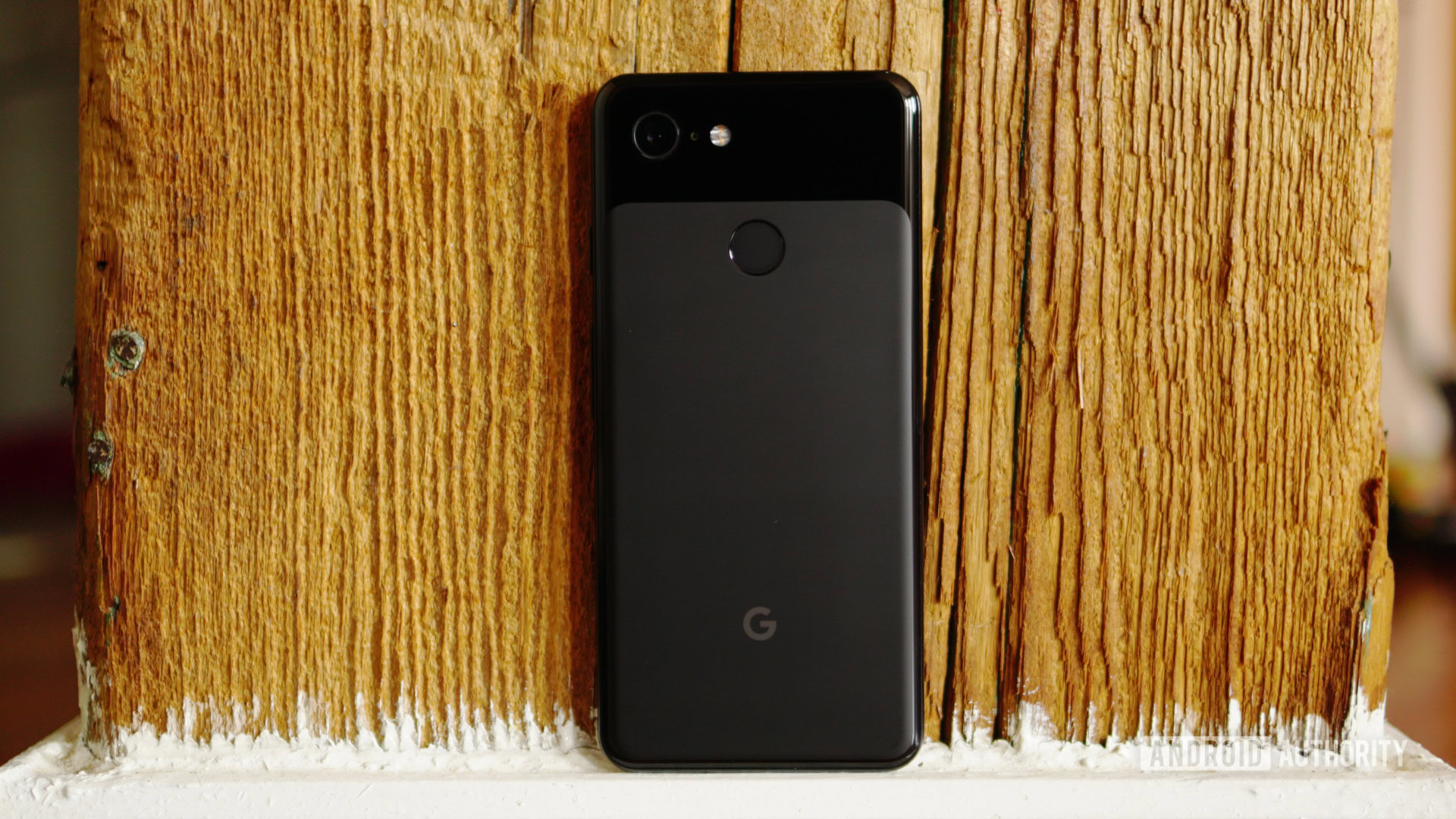
Specs
When looking squarely at the specs, the average 2018 smartphone is the Xiaomi Mi 8. This includes the following characteristics:
- 6.21-inch, FHD+ display
- Snapdragon 845 chipset
- 6GB RAM
- 64GB memory
- 12MP+12MP rear cameras
- 20MP front camera
- 3,400mAh battery
- A notch
- No headphone jack
At the equivalent of around $390, it was half the price of the average U.S. Android flagship, for essentially the same specs. It also performed above the average in each of the four categories discussed above, except for camera, where only the vivo X21 and HONOR 8X performed worse than it.
If camera quality wasn’t your biggest worry, and you were able to get one for anywhere near its India or China launch price, the Xiaomi Mi 8 was one of the best value phones you could get this year.
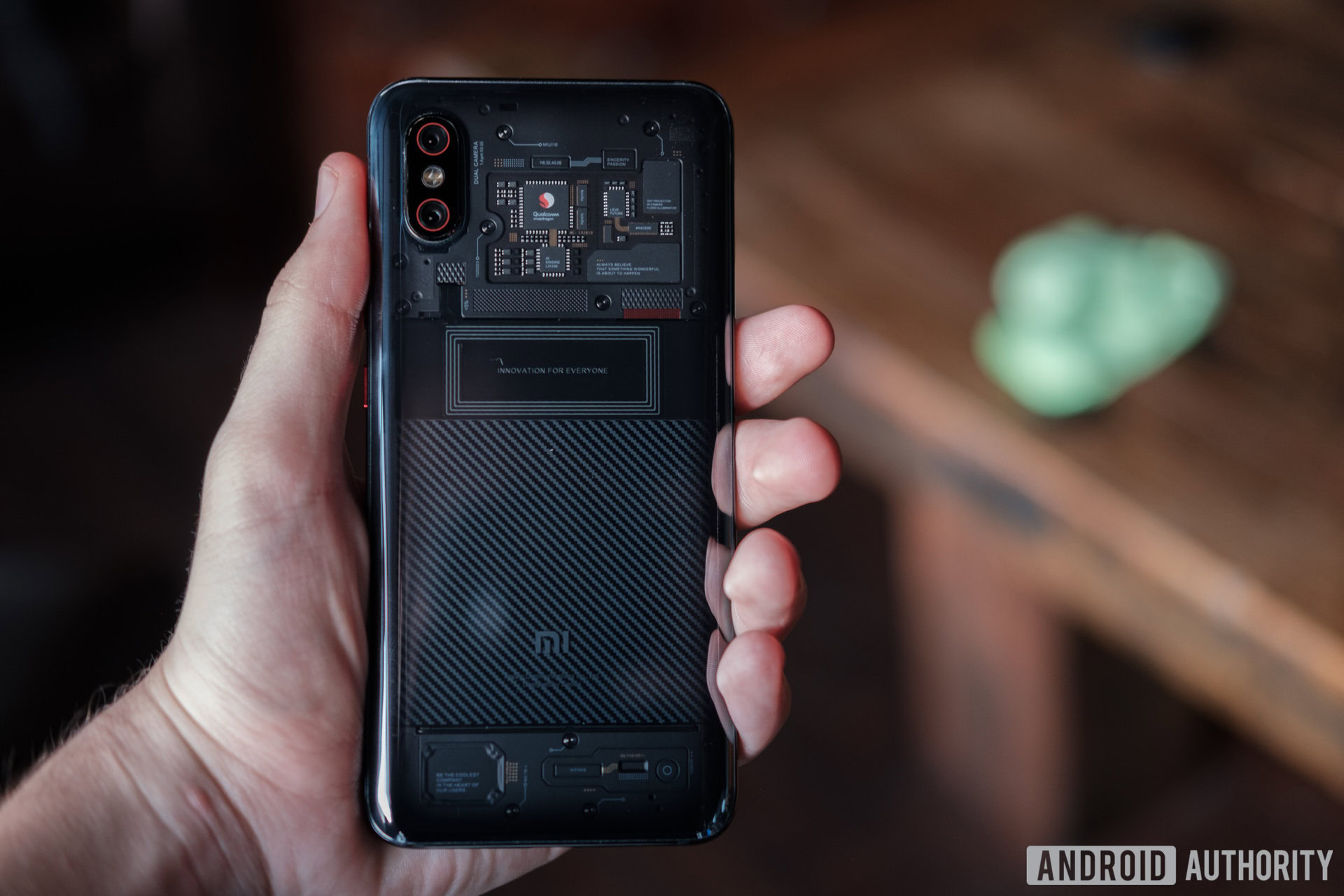
Performance scores
There was no single phone that was closest to the average performance in all categories. Some were very close in a few categories — the Hydrogen One and the HONOR Play, for example, were average in camera, processing, and battery, but were then way, way behind in display.
The most average phone across the board (though it was never the closest in any one category) was the Moto Z3.
The Moto Z3 shares many of the average 2018 specs: the 6-inch FHD+ display, 12MP+12MP rear cameras and 8 MP front cameras, 64GB storage, and the lack of a headphone jack. But there are some key differences.
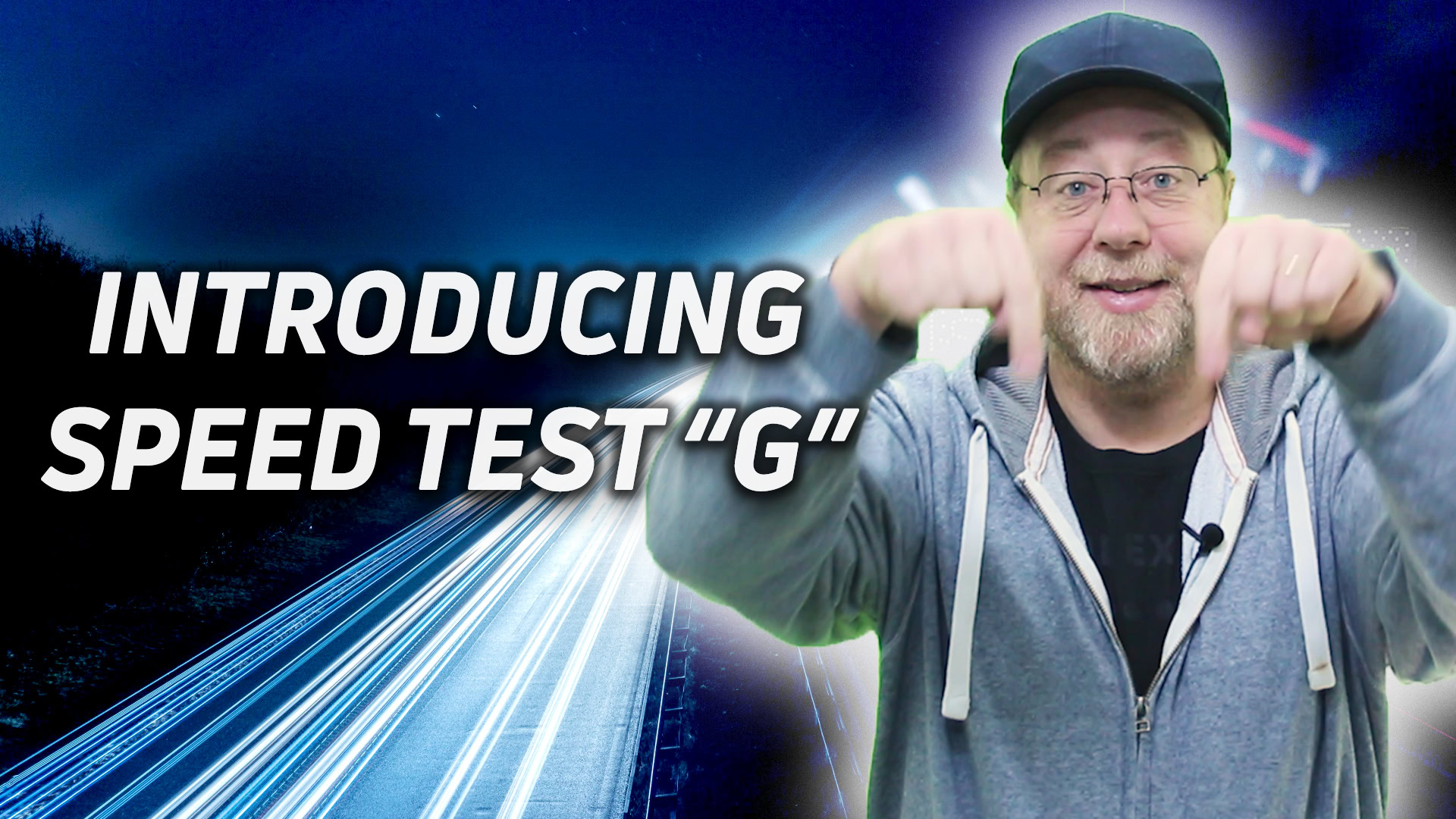
It has a Snapdragon 835 chip, 4GB RAM, and a 3,000mAh battery — all of which are below average performance specs. As you might expect, it also had slightly weaker than average performance.
However, the Moto Z3 was seriously attractively priced considering what it offers overall. At $480, you’d struggle to find an Android flagship in the U.S. market delivering as much for as little. Remember, the average 2018 flagship price was $800 U.S. — the Moto Z3 delivers the display, camera, battery, and processing performance of a phone that’s $320 more expensive than it.
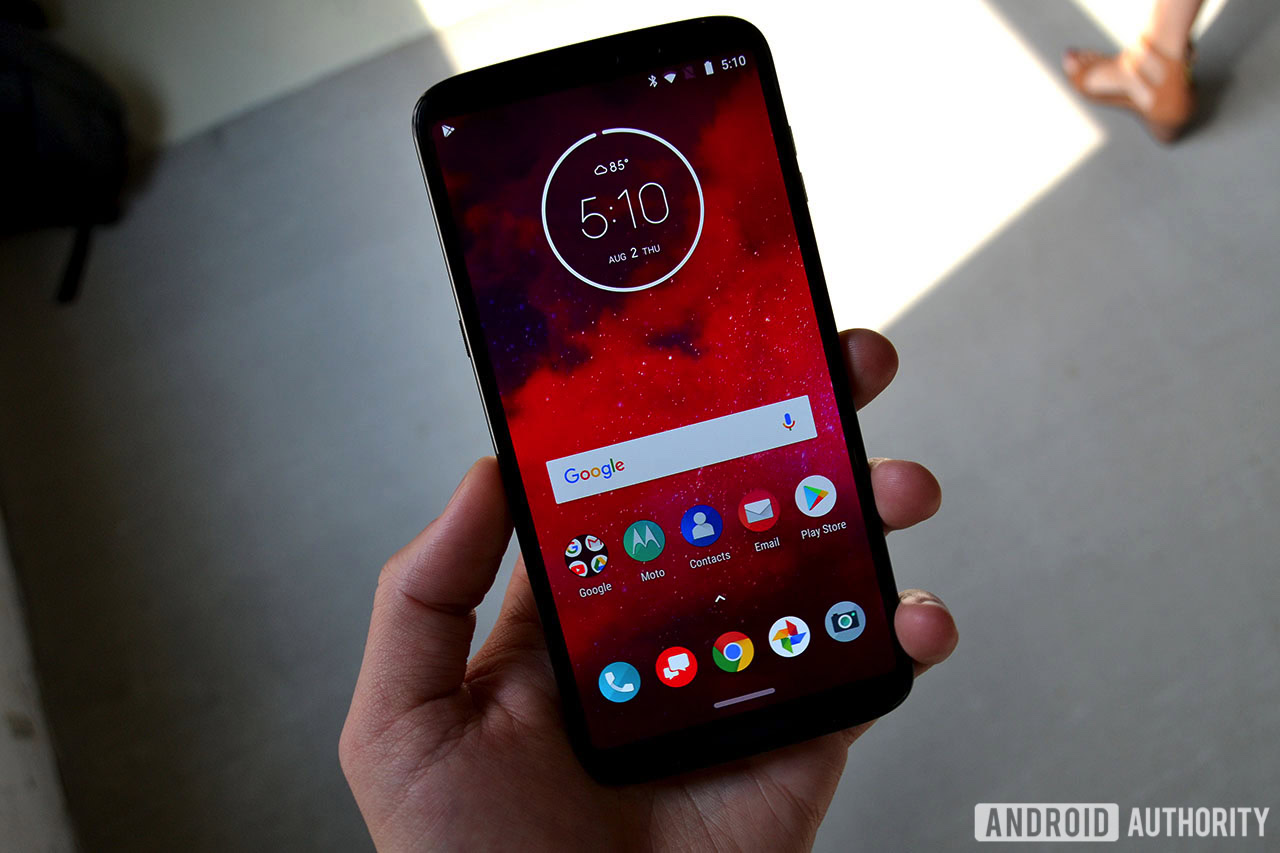
That’s all we’ve got on the average 2018 Android flagships, but if you want to find out more about the best phones of the year, hit the links below.